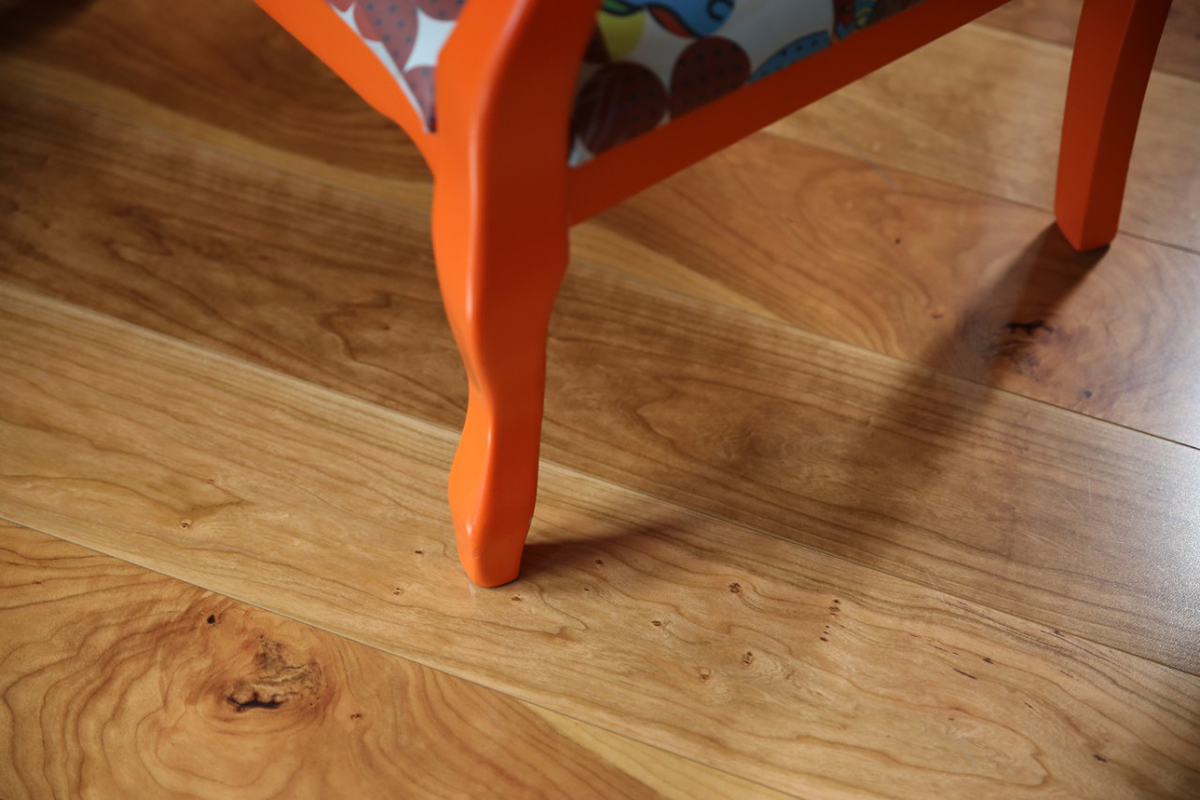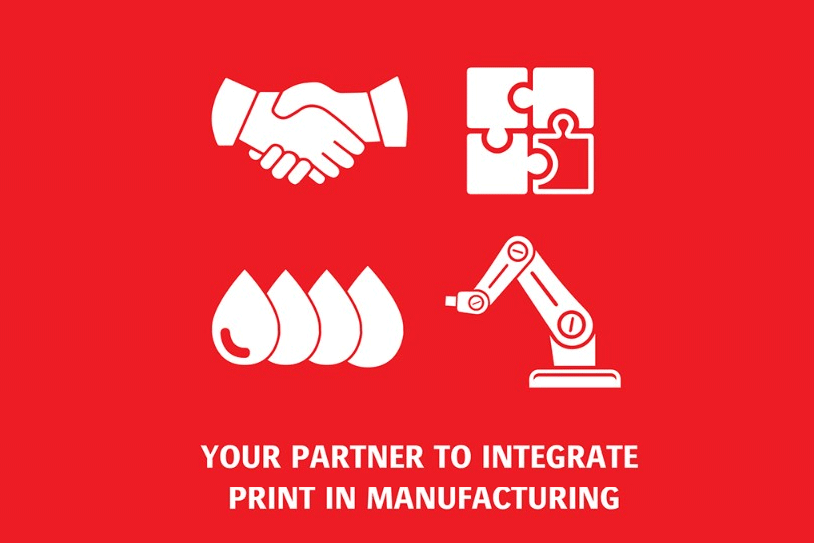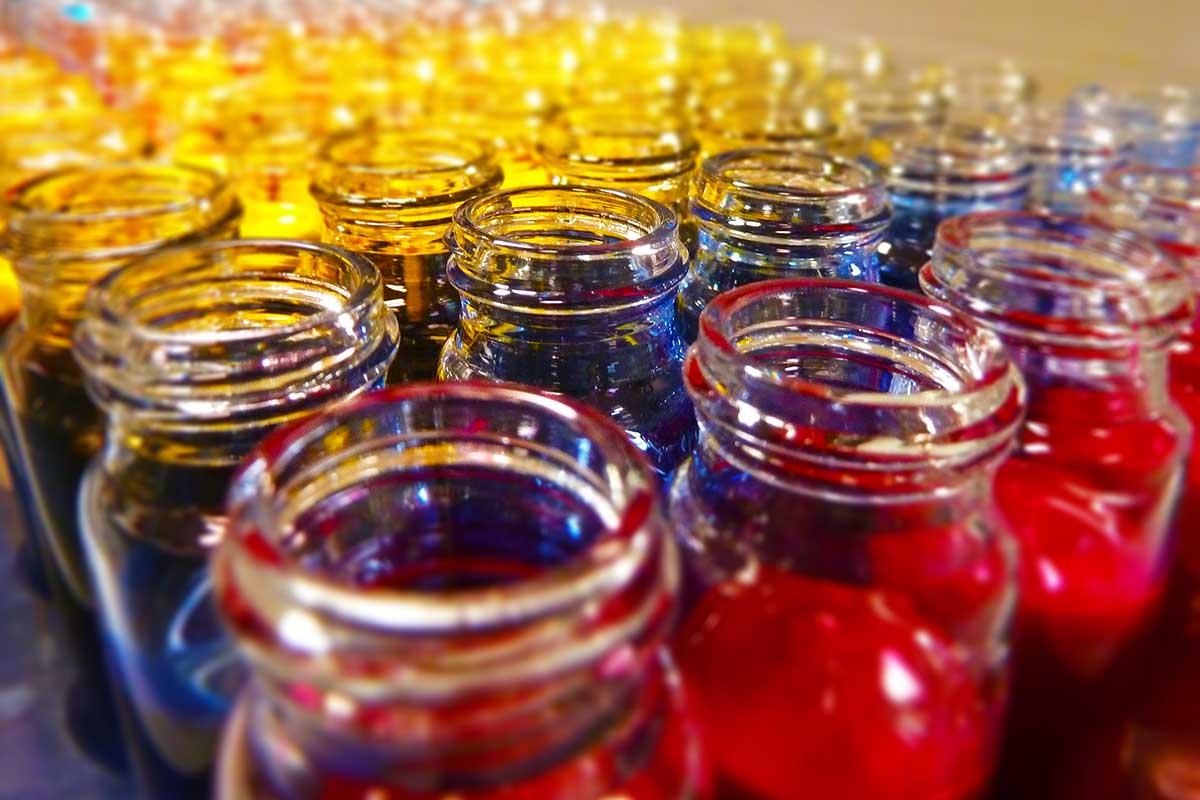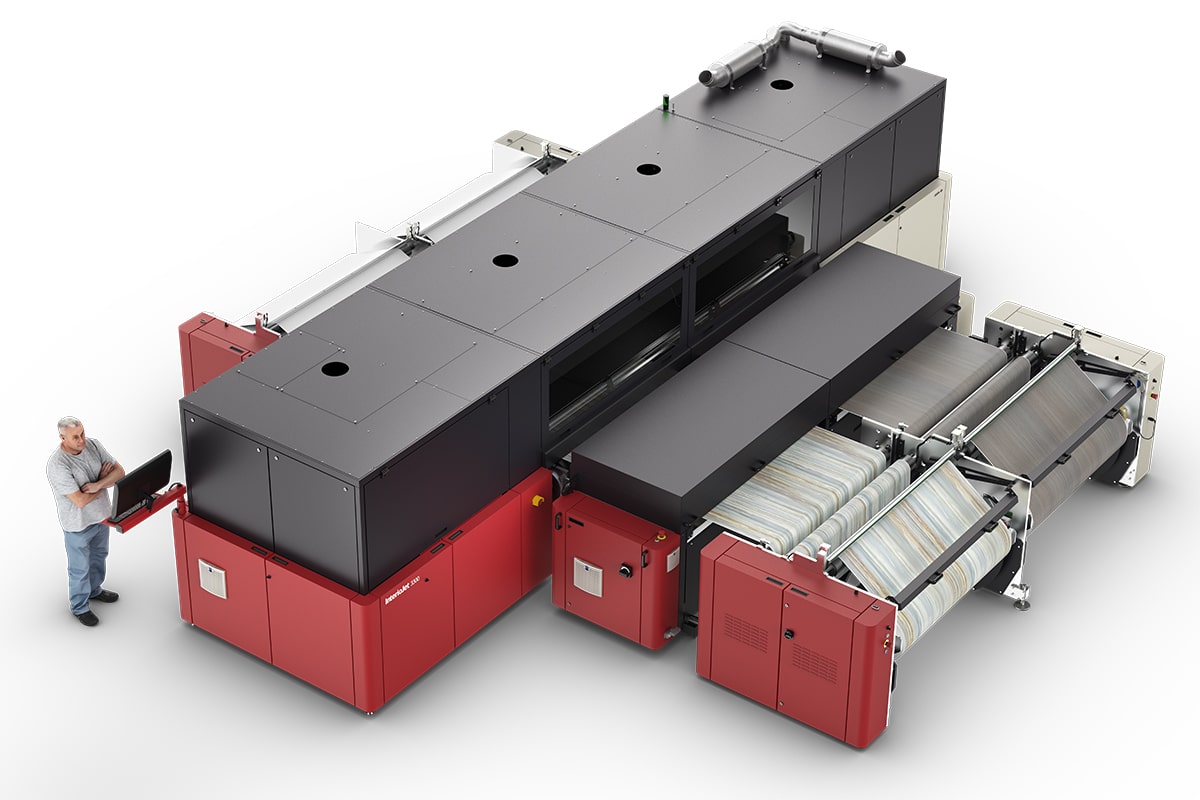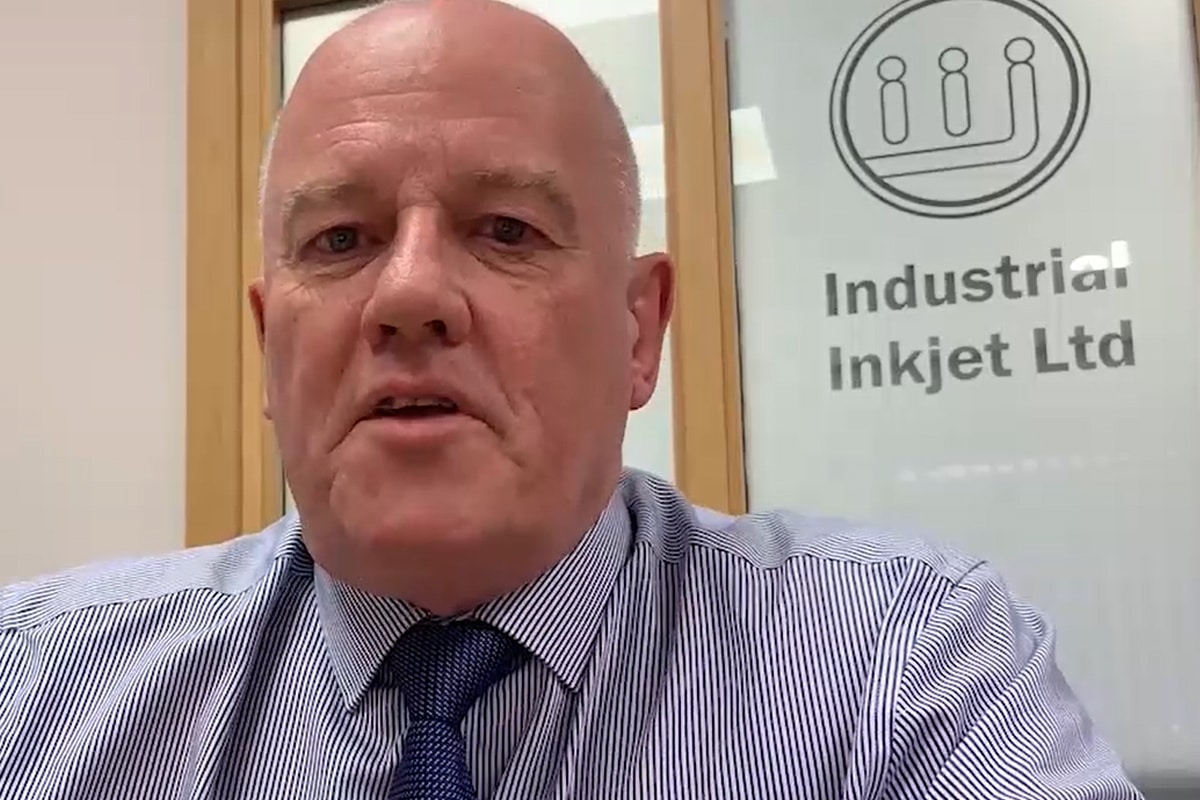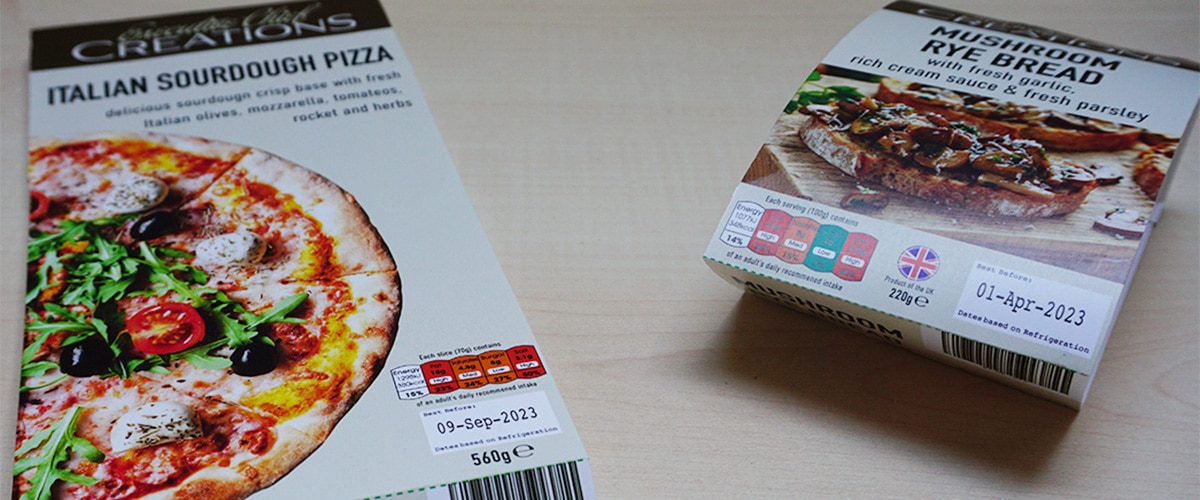
Thinking inside and outside the corrugated box
Rita Torfs, Product Manager of Industrial Inks at Afga, talks about the design of a cost-effective digital print solution for corrugated boards based on a primer/ink combination that ticks all the boxes in terms of performance and quality.
Traditionally, corrugated packaging is printed using analogue flexographic or offset printing. However, shorter product cycles, just-in-time deliveries and e-commerce are driving the demand for digital printing directly onto corrugated packaging. As a result, more and more corrugated board printing systems are entering the market. Water-based corrugated printing technology takes the complete board production process into consideration – printing on liner or primed liner, covering printed images with overprint varnishes and even folding the board to the right shape. Knowing that nowadays investment and running costs are of great importance, companies are approaching digital printing with a combination of low-cost inks and low ink consumption, together with a solution that maximises system uptime.
Inkjet replaces current printing technologies
A corrugated box can be printed in various ways and stages during the production process. For example, through high-speed flexographic pre-printing, where the images are applied offline on a roll of liner. The printed roll is used as a topliner in the corrugator machine, which means it has to withstand the harsh conditions of the corrugated board production process (high temperature, steam and high pressure). Only a small proportion of boards are printed in this way (about 5%).
In most cases (65%), printing is done directly onto the corrugated board sheets using flexographic post-printing. The flatness of the board is crucial to avoid warping issues. In addition, the flexographic roller impressing the board can cause a washboard effect.
Another way of printing is by offset printing on a roll or sheet of white liner. The printed roll or sheet is laminated to a single wall corrugated roll or off line to sheets. Offset printing provides very high image quality, but this method is only used for 3% of corrugated-board production. About 25% of corrugated boards are still unprinted.
Inkjet can replace all of these printing technologies. One of the benefits of inkjet is that the printhead does not come into contact with the corrugated board and therefore does not cause a washboard effect. Inkjet is compatible with the entire corrugation manufacturing process and no print masters are required. The print quality of inkjet is comparable to the quality of offset printing and single-pass printing presses can achieve a high output thanks to their high printing speed and very short job changeover time.
Adopting inkjet and water-based inkjet inks
Selecting inkjet for printing corrugated boards has a number of distinct advantages. As well as enabling shorter print runs, it can be used for prototyping and be part of a fast turnaround process. In addition, the boards can be customised for on-demand printing, versioning, variable data printing and personalisation. Inkjet is also a cost-effective technology allowing for low set-up costs, faster job switching, fewer production steps, less inventory and less waste.
The use of water-based inks provides even more benefits, as they are designed to be recyclable and food safe. Aqueous inks also make the printing process even more economic.
Prints without primer (left) and with primer (right)
Mottling/coalescence
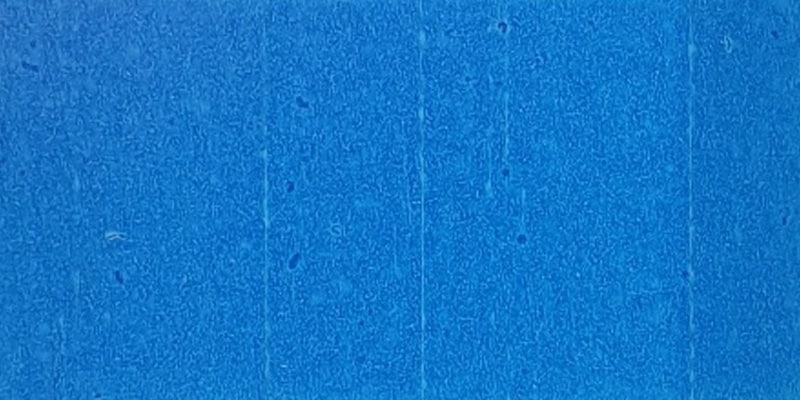
Poor text sharpness
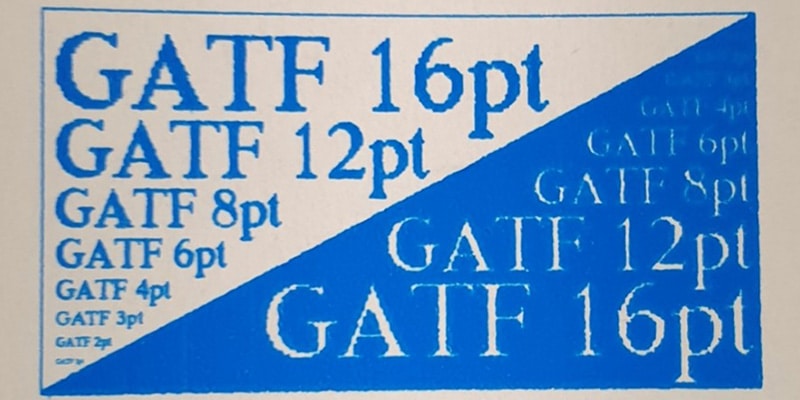
Homogeneous patch
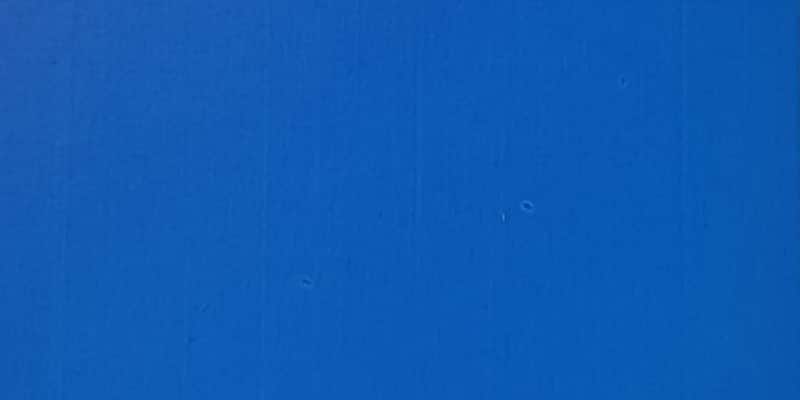
Good text sharpness
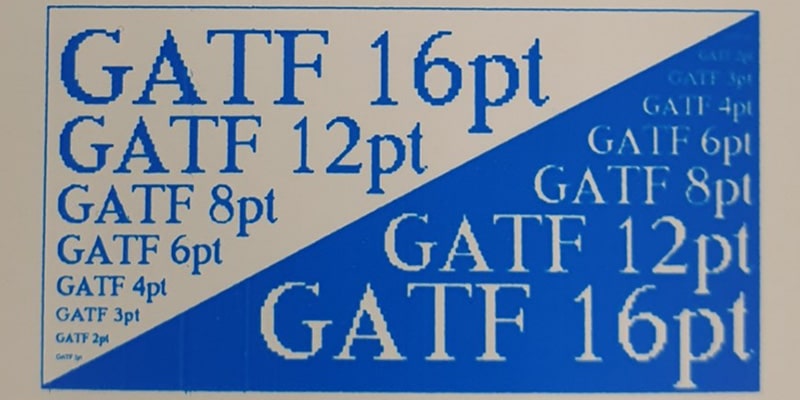
An integrated solution
Corrugated boards come in a wide range of quality grades. Many substrates are uncoated – and therefore highly absorbent – which can result in a huge amount of water-based ink being printed onto these surfaces, while generating a poor-quality image. Coated substrates, on the other hand, are not particularly absorbent, which can result in mottled and uneven prints.
Both types of substrates require a primer that is optimised for the liner material to provide adequate adhesion and controlled ink spreading, while avoiding ink bleed. Only then will the result be a homogeneously printed surface. The primer, applied in a thin layer by a flexographic roller, is needed to generate high-quality images and a wide colour gamut. It can also assist in the de-inking of the surface, which is important for recycling and re-use of materials.
Low-binder pigmented inkjet inks provide the most economical solution for printing boards at a high speed thanks to the low ink costs (cheap raw materials) and the highest uptime (due to improved jetting reliability, low maintenance costs and minimal print head replacements). Using a primer can also lower ink consumption. In addition, these inks have a long shelf-life due to the highest pigment dispersion.
Finally, it is recommended to apply an additional varnish on top of the image to obtain a homogeneous gloss over the entire board or to regulate the level of gloss. Even more importantly, varnish ensures that the durability of the board is sufficient. The printed boards will suffer during the corrugation process and throughout the entire lifetime of the box. An overprint varnish will improve the rub, scuff and water resistance of the boards.
Conclusion
The overall result of using this process will be a high-quality printed corrugated box with an evenly printed surface free of mottle effect or colour bleeding, with a low level of feathering and graininess. Printed text will be sharp and font size can be as small as +/- 2pt. Barcodes and QR codes will be perfectly readable and/or scannable. Carefully-selected pigments provide a good light-fastness and all components are compliant for indirect food contact. The printed boxes can be stacked without sticking together and be creased and folded without the images and/or words cracking. The presence of the extra coating provides a high level of durability.
Why choose aqueous inkjet inks?
Inkjet inks deliver outstanding colour strength. The inks produce batch-to-batch consistency, with little variation in performance, helped by their excellent jetting reliability. The composition and pigment dispersion qualities yield inks with the greatest longevity – up to 18 months. The pigmented inks are produced with a low-binder content to optimise print performance, reduce maintenance and minimise printhead replacement. Inkjet inks are ideal for use on porous substrates, as well as coated papers and cardboards, when used with a suitable primer.
